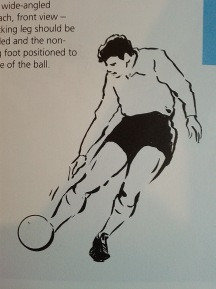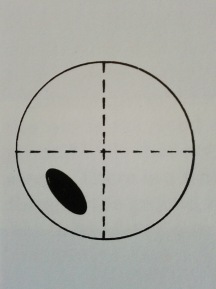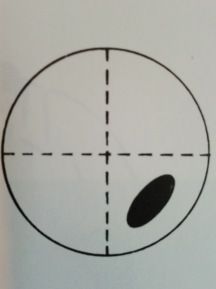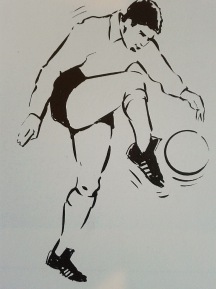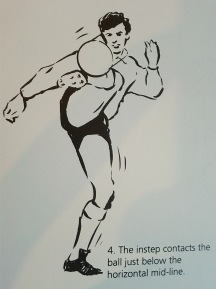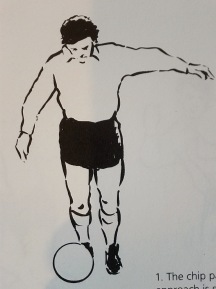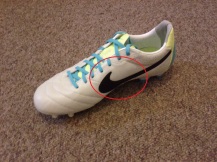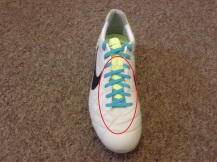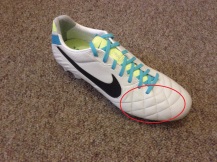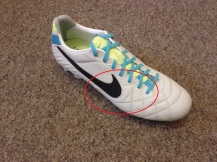Blog Archives
Football Basics – Lofted pass techniques
Why use lofted pass?
Although ground passes are easier for the receiver to control the ball, there are some occasions that the only way to exploit space behind opponents is to loft the ball over defenders’ head. For example, if the back four defend well like a wall in front of the goal, then the only way to attack the space behind the back four is to loft the ball into the penalty area. Moreover, a good lofted pass can attack the space quickly. A good example was Dennis Bergkamp’s goal vs. Argentina in the 1998 World Cup. The long lofted pass was made by Frank De Boer.
Which basic techniques can be used?
There are three basic techniques: lofted drive, volley and chip. The following organisation charts shows the details of the techniques.
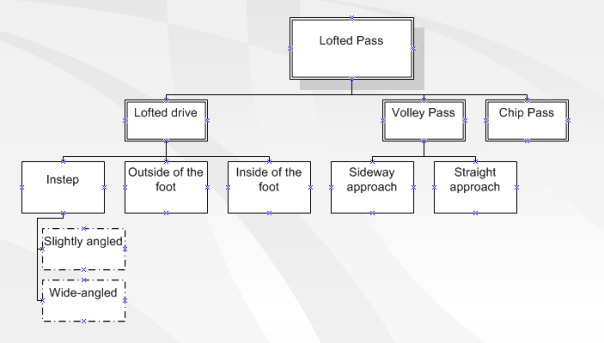 Figure 1. Organisation charts showing the basic techniques of lofted pass
Figure 1. Organisation charts showing the basic techniques of lofted pass
The following tables summarise the advantages and disadvantages of different types of techniques:
Lofted Drive:
| Contact surface & approach | Advantages | Disadvantages |
| 1. Instep – slightly angled approach |
|
|
| 2. Instep – wided-angled approach |
|
|
| 3. Outside of the foot |
|
|
| 4. Inside of the foot |
|
|
Volley Pass:
| Contact surface & approach | Advantages | Disadvantages |
| 1. Straight approach |
|
|
| 2. Sideway approach |
|
|
Chip Pass:
| Contact surface & approach | Advantages | Disadvantages |
| 1. Straight approach |
|
|
Reference:
Netherlands – Argentina: Bergkamp Goal 1998 (HD), 2010 [online video]. By Frank de Jong. [viewed 23 December 2013]. Available from: https://www.youtube.com/watch?v=XsZkCFoqSBs
HUGHES, C., 1987. Soccer Tactics and Skills. Great Britain: Queen Anne Press
HUGHES, C., 1990. The Winning Formula. London: William Collins Sons & Co Ltd
Football Basics – Ground pass techniques
There are five basic techniques could be used to execute a ground pass. The following table summarises the advantages and disadvantages of different types of techniques:
The best footage I can think of to show the execution of the ground passes to create a goal is the second goal of Argentina vs. Serbia & Montenegro at the 2006 World Cup. Most of the passes involved were ground passes and some of the techniques they used are not covered in these 5 basic techniques (e.g. back heel pass).
Reference:
Argentina 25 passes goal, 2006 [online video]. By kwanbis. [viewed 23 December 2013]. Available from: http://www.youtube.com/watch?v=q5W6vBI3mGE
HUGHES, C., 1987. Soccer Tactics and Skills. Great Britain: Queen Anne Press
HUGHES, C., 1990. The Winning Formula. London: William Collins Sons & Co Ltd
